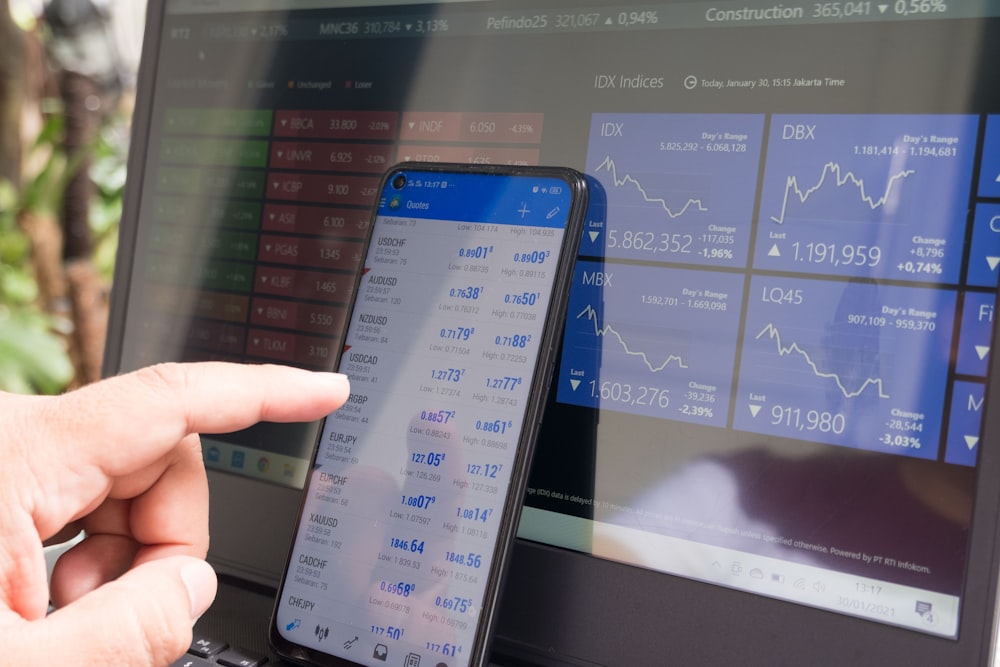Market Jitters Abate Into Week's End; FX Markets Consolidate
Image Source: Unsplash
It was an edgy start to last week for risk where stocks traded deep in the red, yields plummeted, and investors bid the USD across the board. Oil traded lower too after OPEC+ had reached an agreement to increase output. Still, in retrospect, oil traders concluded this resulted from the Delta virus tumult, and the sentiment quickly stabilized and even reversed to some extent.
JPY continues to exhibit its textbook correlation with risk. So higher US equities and yields have dragged USDJPY higher as well, into the 110.00 zones. The pair has pushed up through resistance at 110.40/50 (high of 110.575), and the 110.70 zone is the next level to watch on the topside. Despite Japan being out on holiday, local Tokyo retail brokers in typical reversion fashion have shown interest in selling USD at these levels, and gains in USDJPY should slow to 111.00.
For the Pound, the initial euphoria around the UK "freedom day" has given way to some extent to the reality of surging Covid cases and dovish remarks by MPC members did the rest to set the tone for the week, with traders shedding some short US dollar risk into the week getting set for this weeds FOMC.
Price action in the EURO last week suggests a clear selling bias. The ECB's new forward guidance is certainly more dovish than the street expected only a few weeks ago. Suggesting the pandemic, including the Delta variant, is why the ECB doves currently have the upper hand.
According to the new forward guidance, ECB interest rates will remain at their present or lower levels until the GC sees:
- Inflation reaching two percent well ahead of the end of its projection horizon
- Durably for the rest of the projection horizon
- Realized progress in underlying inflation is sufficiently advanced.
More pressingly, the ECB is at the dovish end of the G10 central bank spectrum with the BoJ, in contrast to the RBNZ and potentially the BoE at the more hawkish end. For the Fed, a dovish outcome at the July 28 FOMC meeting seems unlikely in response to the growing concerns about the Delta variant.
After all, US financial conditions are loose, and the S&P 500 is only 0.5% from its all-time high. Activity indicators remain broadly firm against the backdrop of still-high inflation.
That points to further downside in EURUSD.
USDCAD is trading into week's end despite higher oil prices, with traders showing respect for next week's FOMC meeting. Loonie bulls are hoping to spread the Delta variant, alongside the rise in weekly US jobless claims, which could prompt the US Federal Reserve to back off from tightening monetary policy.
And with commodities remaining upbeat on growth, and if the Fed drums the dovish beat this week, one could expect USDCAD to trade south of 1.2500. But this is more of a wait and see the view as opposed to green lights flashing on the CAD
Week Ahead
Though this week's economic calendar (July 26-30) will be full of critical data points concerning the recovery trajectory, Wednesday's FOMC meeting will likely dominate investor attention.
The Street's baseline expectation is that the Committee discusses progress towards thresholds for tapering and receives a technical briefing from staff on the details around timing, pace, and make-up. Given recent guidance from Chair Powell, we expect him to indicate that these discussions will continue at upcoming meetings as he stops short of sending a clear signal that tapering is around the corner.





It is clear that the ECB is not looking very closely at inflation, or that they simply choose to ignore what they don't like. The prices of food have already inflated more than 4%, and show no signs of being "transitory".
Of course it has been clear that their agenda does not include the good of the lower 80% of the population. Very typical indeed.